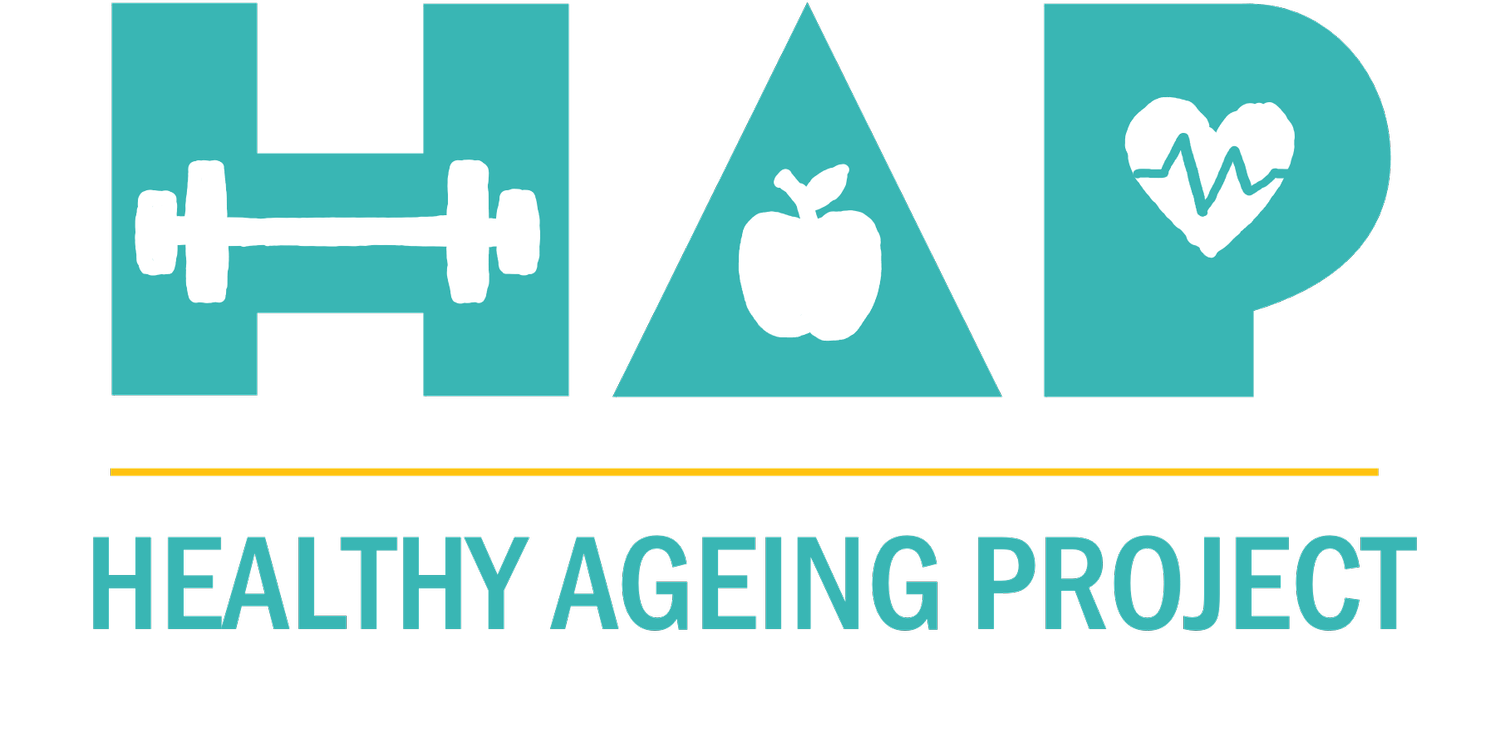Cruisin’ to wellness with your breath as an anchor & your sails full of mindfulness? Well, maybe…
Despite never wearing the orange robes of a monk or living in a monkey forest, my PhD was focused on mindfulness. But, that was never the intention. I was originally interested in workplace goal striving, but two years of obstacles & setbacks suggested a reset was needed.
The need for this reset came on strong in February 2004, after I badly broke my right arm/elbow in a cycling accident. Being right-handed, life became very difficult for several weeks as I was forced to stay home & use a continuous passive motion (CPM) machine for 6-8 hours a day. Unable to do much of anything, I began tackling the “interesting but non-essential” pile of papers that had been growing in my office for several months.
The benefits of being present
A few weeks later, I was sitting in the trauma unit of the local hospital, waiting for a surgical consult. In one hand I held a paper entitled, “The Benefits of Being Present” by Kirk Brown & Richard Ryan (2003). In the other, a blue highlighter pen that was quickly running out of ink because of all the interesting connections I was making to self knowledge, emotional management, behavioural flexibility &, of course, wellbeing.
That paper changed the course of my PhD. It threw open a conceptual door I was more than happy to walk through. The next day, I hit the databases & began exploring what was then a small but growing literature. Almost immediately I landed where most people land, knee deep in the publications of Jon Kabat-Zinn, the Boston physician credited with integrating mindfulness into Western medical practice. I also happened upon the 30 years of research fellow Bostonian Ellen Langer had conducted on social dynamics, education & ageing. I read her 1989 book “Mindfulness” with indecent haste.
But this blog is NOT about how these two authors, & others like them, have promoted the importance of mindfulness & presented it to Western audiences. The scholarly literature now has oodles of papers debating its conceptual make-up, with many more commentaries & opinion pieces to be found in magazines, newspapers, websites & online forums.
Deceptively simple. Incredibly challenging.
Mindfulness has been trendy for a while now. If you pick up - or click on - any article on wellbeing, mindfulness will almost assuredly be there. Often you’ll find it in an itemised list of life hacks, encouraging people to be more “present”, “connected” & by living more “in the moment” .
To be clear, I’m not questioning the value of mindfulness. Quite the opposite. The “small but growing” body of evidence I encountered in 2004 has exploded in the past 20 years & largely confirmed what Eastern religious scholars have known for ~2,000 years...that mindfulness is important for humans to function well. And that’s something I saw in my doctoral research. When people take on practices that support more mindful living, they become more purposeful, less emotionally reactive, have better relationships with self & others, plus experience more satisfaction with life.
The only thing that’s really up for debate is determining what practices are most helpful, for whom & when? Whilst there are many forms of informal mindfulness practice (e.g. mindful tea making, teeth brushing, etc), it’s hard to go past meditative approaches when seeking to develop the attentional control needed to be more psychologically flexible. Why? Because this form of self-mastery is challenging & meditations tend to structure mental practice in ways that support change, provided that practice is regular.
And there’s the rub…sticking with it can be hard.
Underselling the challenge
I’ve always been intrigued by the way wellness advocates attempt to ‘sell’ mindfulness. Typically, that’s done with feel-good phrases about the importance of “stopping to smell the roses”, approaching life with “a beginner’s mind” & getting better at “letting go”. Don’t get me wrong, these sentiments have some legitimacy. In general, however, I think the promotion & marketing of mindfulness tends to undersell the challenge.
And that’s the challenge of counteracting an affliction faced by many people: scattered attention. The mental state created from the constant, rapid cognitive processing that’s comes with living a busy life. The sort of ‘head noise’ that can make the simple task of sitting still, with eyes closed, almost impossible for some people.
But this is where the breath helps us out! It acts as an anchor for mindfulness because it is always there, always with us, pointing us back to the moment. Whilst there is a beautiful simplicity to all this, it can belie the fact that maintaining a state of mindfulness can be incredibly hard to maintain. A few rough numbers should help to explain what I mean…
An inventory of thoughts
In a recent Psychology Today article, renowned clinical psychologist Prof. Steven Hayes ran a rough calculation on the number of thoughts a human mind can produce. Naturally, he had to make lots of assumptions but, to guard against overestimation, he keep things conservative.
His starting point was the (research-informed) estimation that an average adult knows around 49,000 words, word variants & distinctly meaningful word phrases. From there he reasoned cognitive content would expand based of the many features, qualities & relationships that could exist between different mental ‘things’.
Whilst Hayes’ analysis ended with a sum total of thoughts for all the people in the world (a number too big to repeat), his estimate of the number of thoughts a single person could potentially bring to mind based on all the words they know, their variants, associated phrases, related features & interrelationships was 92 trillion!
92 trillion!! Even if that number overestimates by 20%, that’s still a dizzying number of possible thoughts to think, each with a different personal significance & emotional hue. As we sit atop our meditation cushion & close our eyes, the subjective landscape we face could be drawn from this almost infinite pool of possibilities. Whilst we can’t predict what might specifically challenge us (e.g., a feeling of guilt, a sad thought, a joyful possibility), we can predict that our ability to remain in the moment WILL be challenged.
But, we can’t stop there! Given mindfulness is so closely tied to respiration, it behooves me to also say something about breathing...
An inventory of breaths
If you do a little checking, you’ll find the average person takes between 12-16 breaths a minute. From that starting point, its fairly easy to estimate a range for the total breaths we would take in a lifetime:
Lower end: 12 breaths/min x 60mins, then x 24hrs, then x 365days, & finally by 80 years = 504,576,000 breaths.
Upper end: Repeat the calculation using 16 breaths/min = 672,768,000 breaths.
Once again, BIG numbers! Obviously, anything we might do between ~505 million & ~673 million times isn’t something we can constantly think about, so the mechanics of our breathing is hardwired & ticks away automatically. However, just because it’s automatic does not necessarily mean it’s “good”. According to breath-work expert, Patrick McKeown, most people tend to breathe too shallowly & too quickly, which upsets blood chemistry & negatively effects health. This is why many breathing protocols aim to enhance functional breathing by lowering breathing rates (6/min is seen as optimal) & increasing oxygen consumption.
But, I digress!
The point I want to make is that breathing is one of the most automatic, non-conscious things we do. That makes it a challenging thing to maintain awareness of because our tendency will be to look beyond it, towards other things that capture our attention…like 92 trillion possible thoughts & their associated emotions. Can you see where this is heading?
Clear intentions & realistic expectations
As I’ve already stated, I think mindfulness practices are extremely useful & researchers are repeatedly confirming this. I also think that breath-awareness & functional breathing are hugely important. But these apparently simple practices are loaded with challenge for people.
On the one hand, people are trying to maintain awareness of something - the breath - that they rarely pay attention to. Most people can do this, of course, but not without mental effort. On the other hand, once the breath has steadied us, we’re then challenged to dispassionately observe whatever thoughts, feelings, body state information & other sensations might be registered in our minds, as though they were ‘leaves on a stream’. It’s really nothing more than that (I say very tongue-in-cheek).
My point is simply this. Whenever a suggestion is made to a client, patient, loved one, reader or viewer to enhance their levels of mindfulness, don’t just identify the potential benefits of such practice, ALSO identify its challenges. More mindful living doesn’t happen without some concerted effort. There is never a perfect progression & people are likely to be frustrated & disappointed by how lacking in self-mastery they are with respect to it.
That’s why personal intentions are important. The clearer someone can be about the WHY of their practice, the more likely they are to persist.
It also helps to have realistic expectations about WHAT mindfulness practice is likely to entail, especially if people are engaging in self-driven practice, without the assistance of an instructor & the support of a group. Like anything in life, when the going gets tough, people with unrealistic expectations are prone to giving up & dismissing useful practices as ineffective, tedious, or just too plain hard.
info@drgordonspence.com
(+61) 421 641649
© Healthy Ageing Project 2023. All rights reserved.







